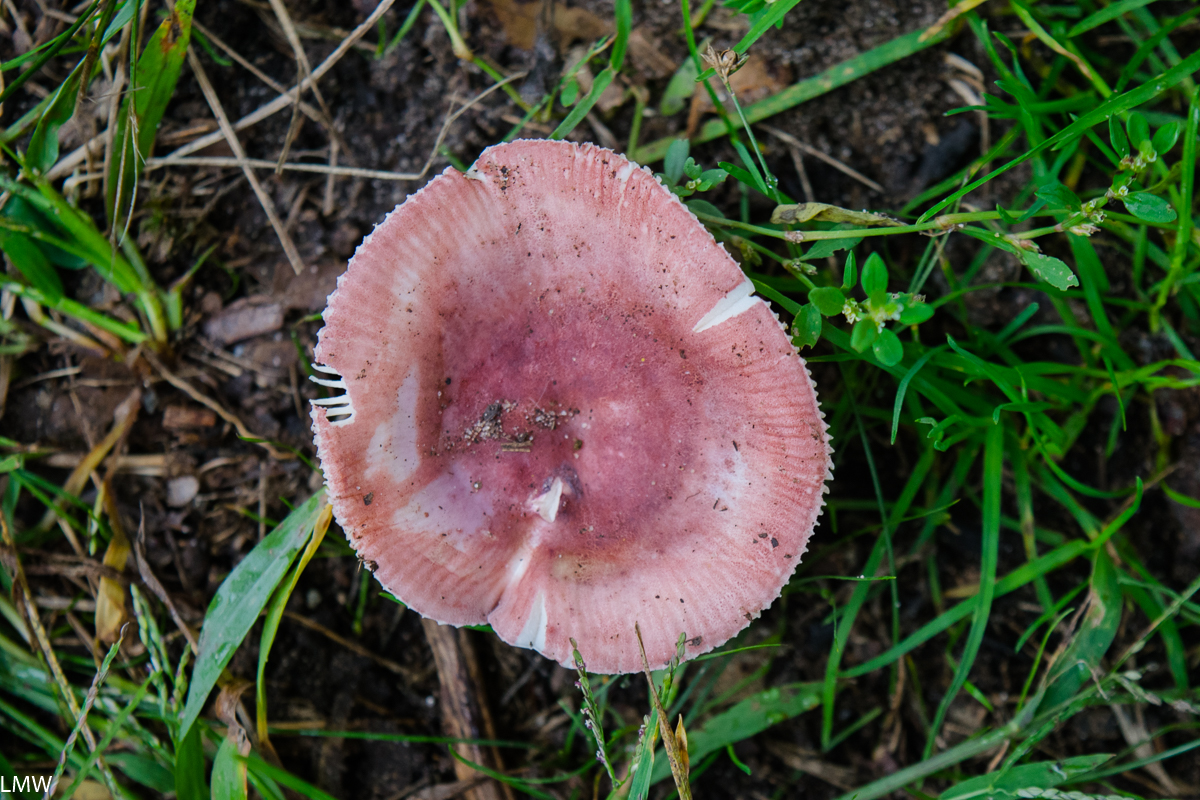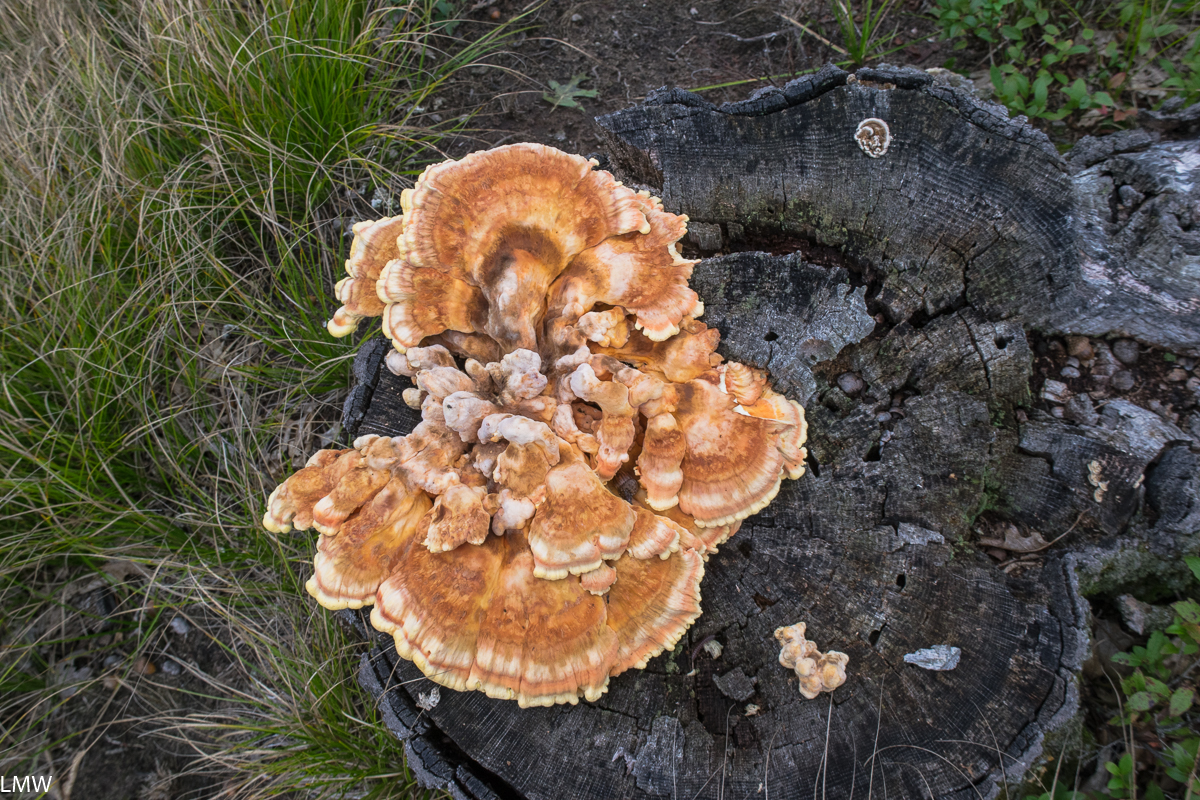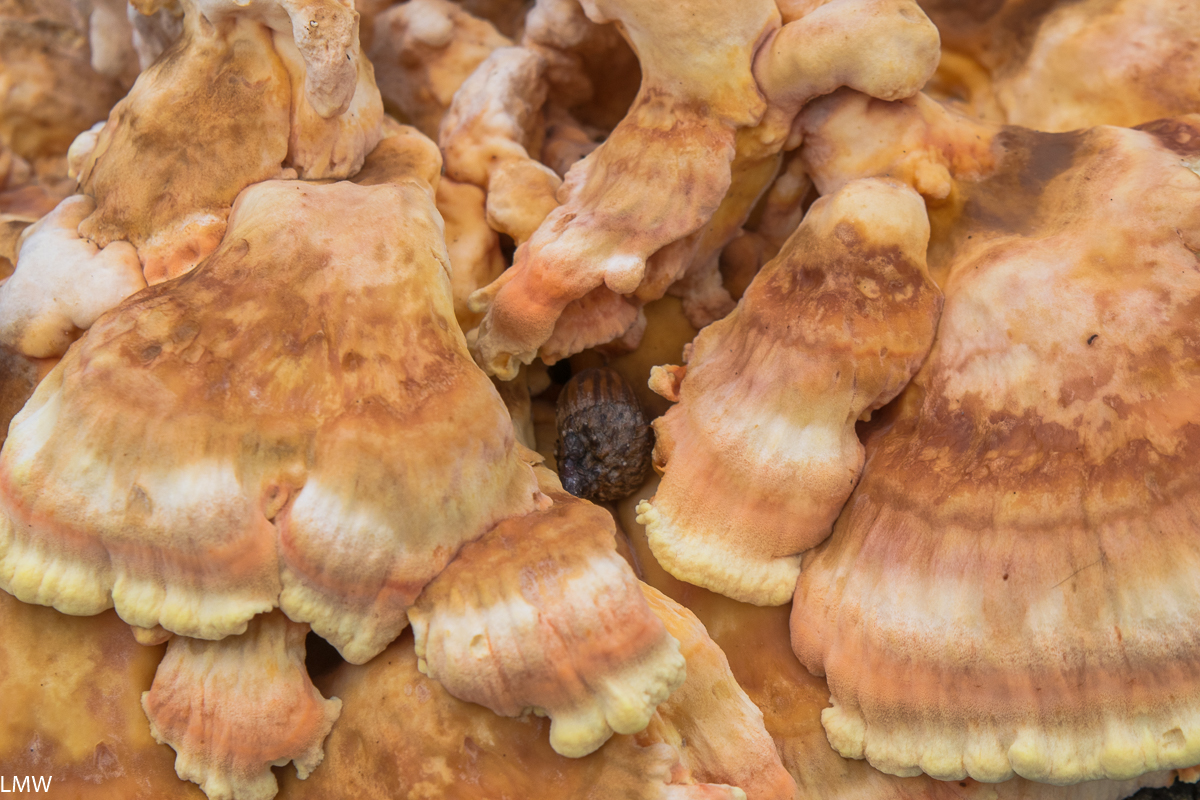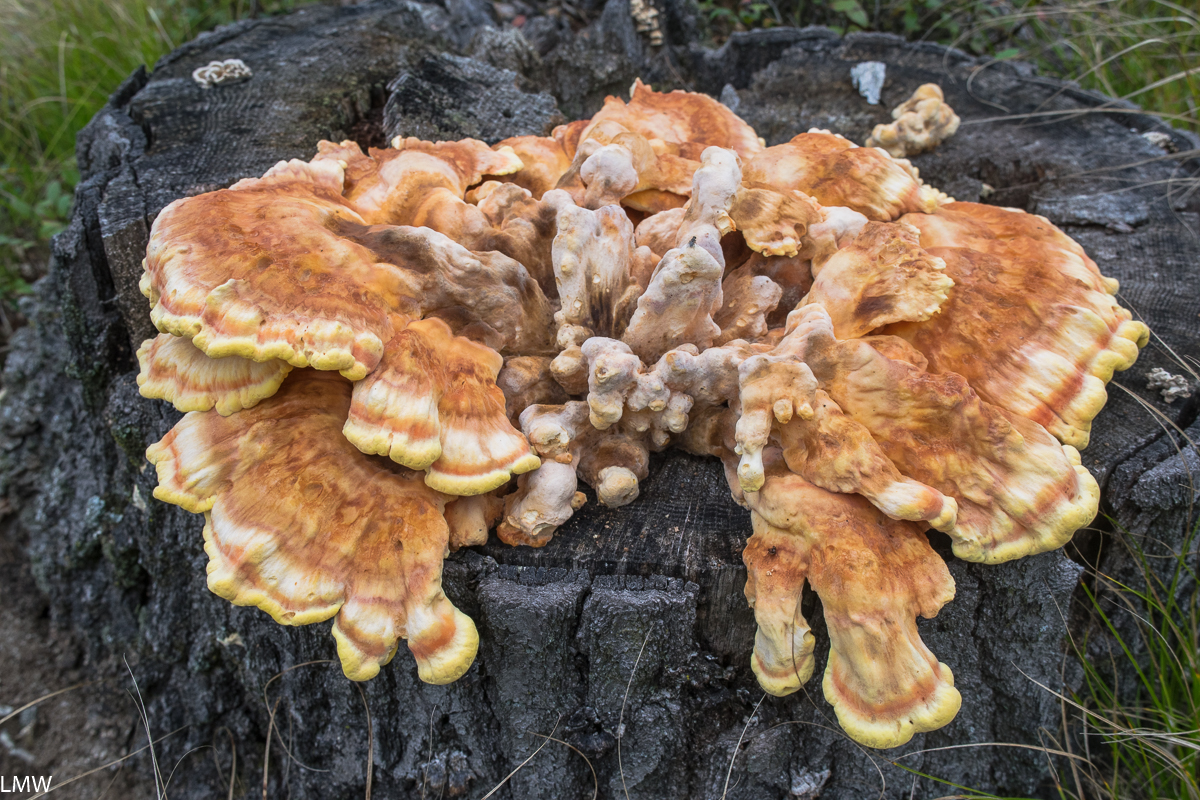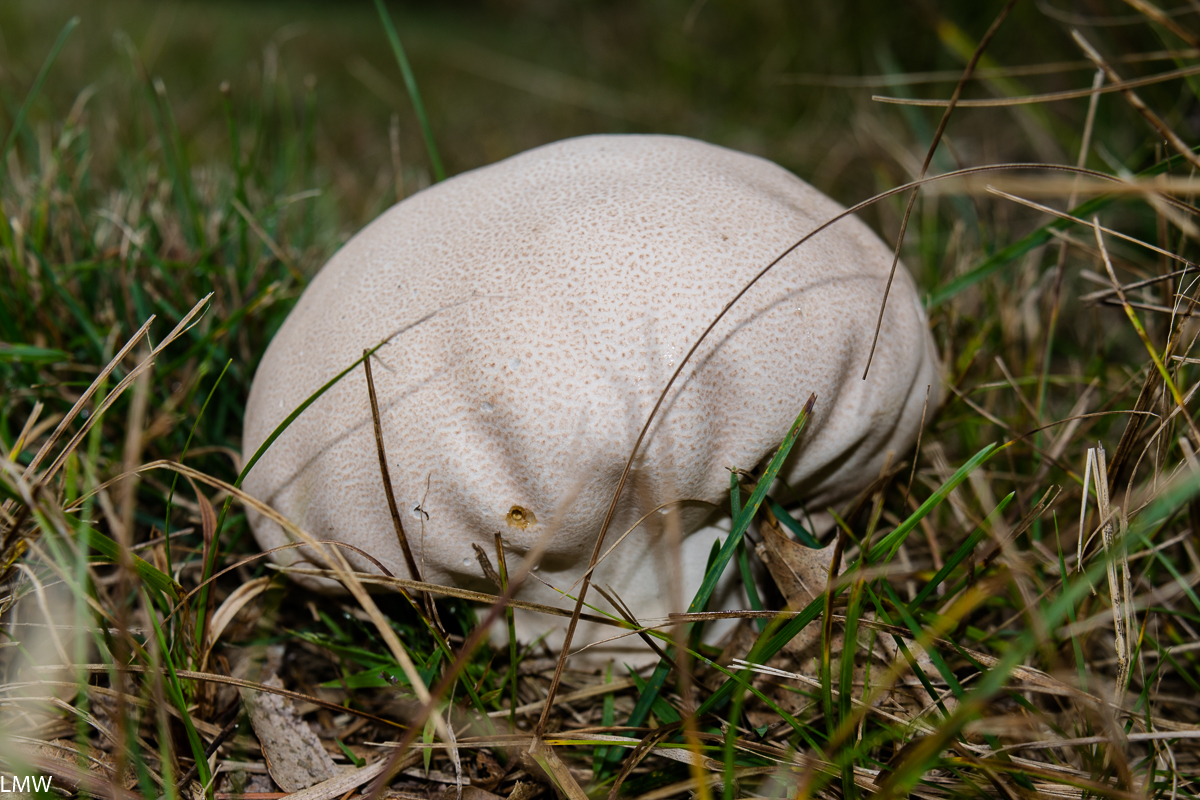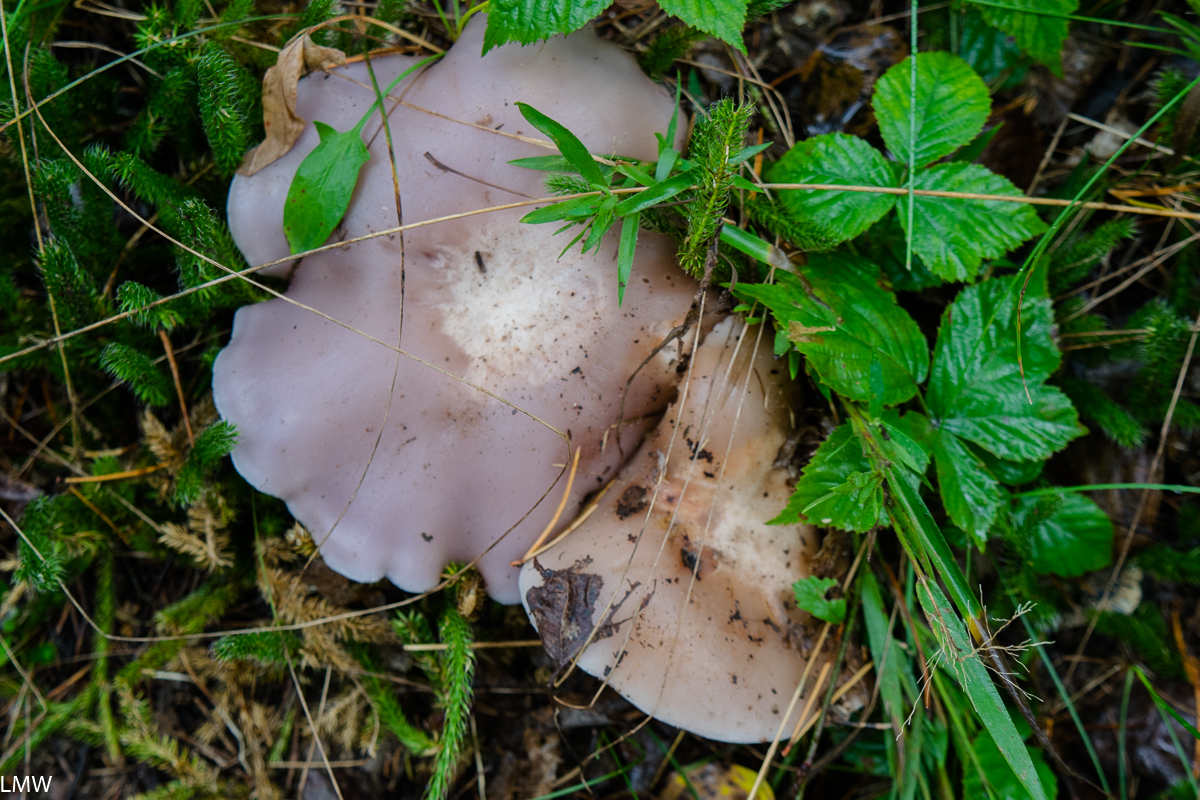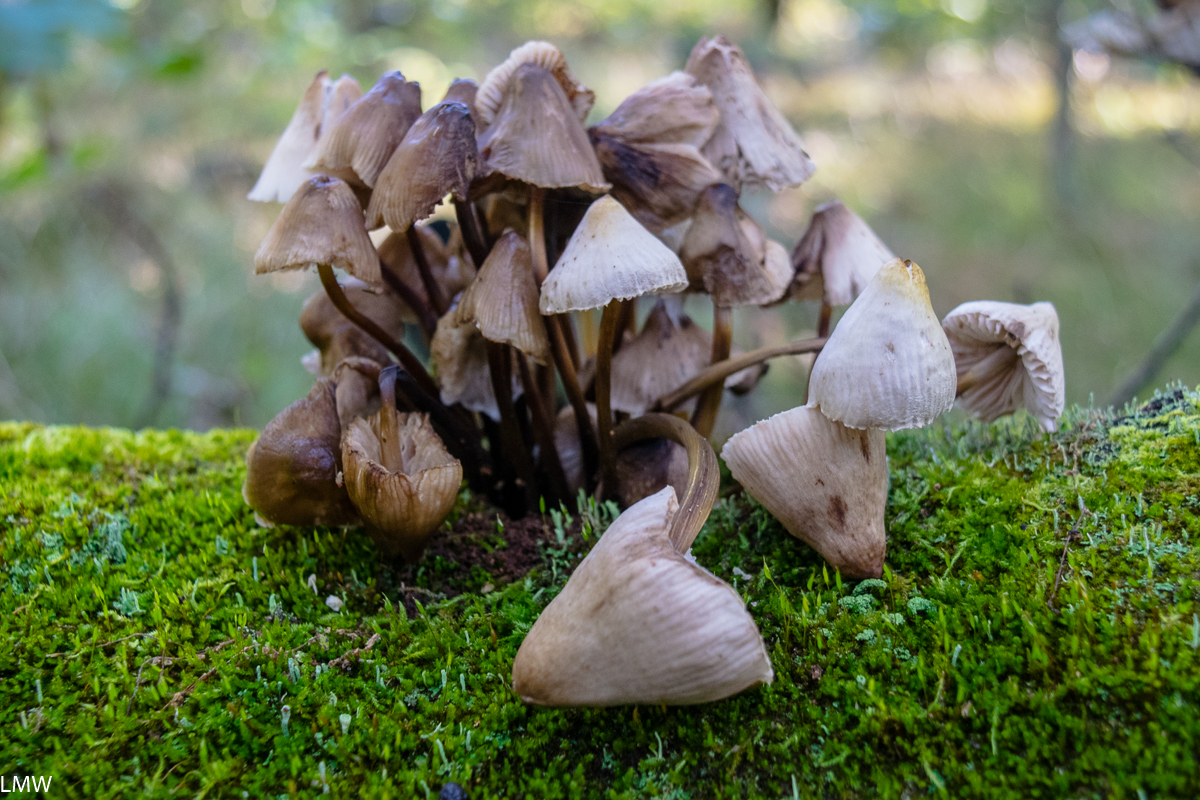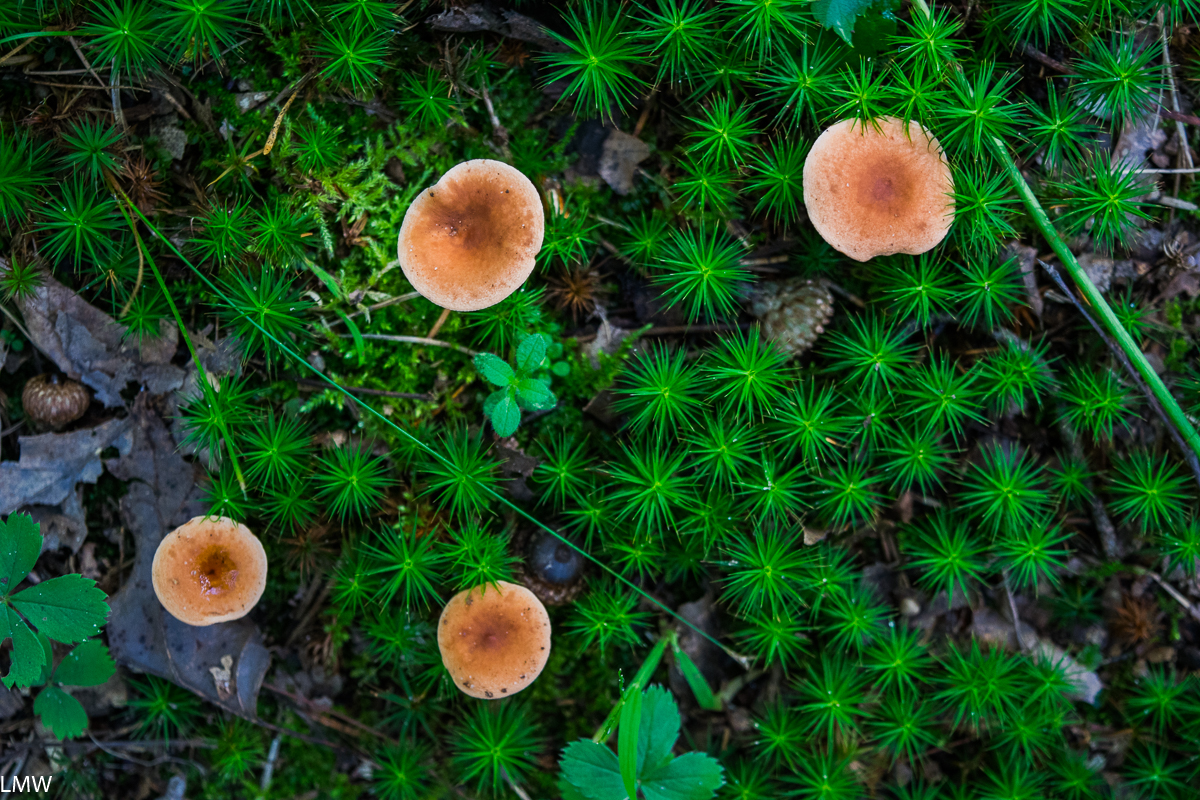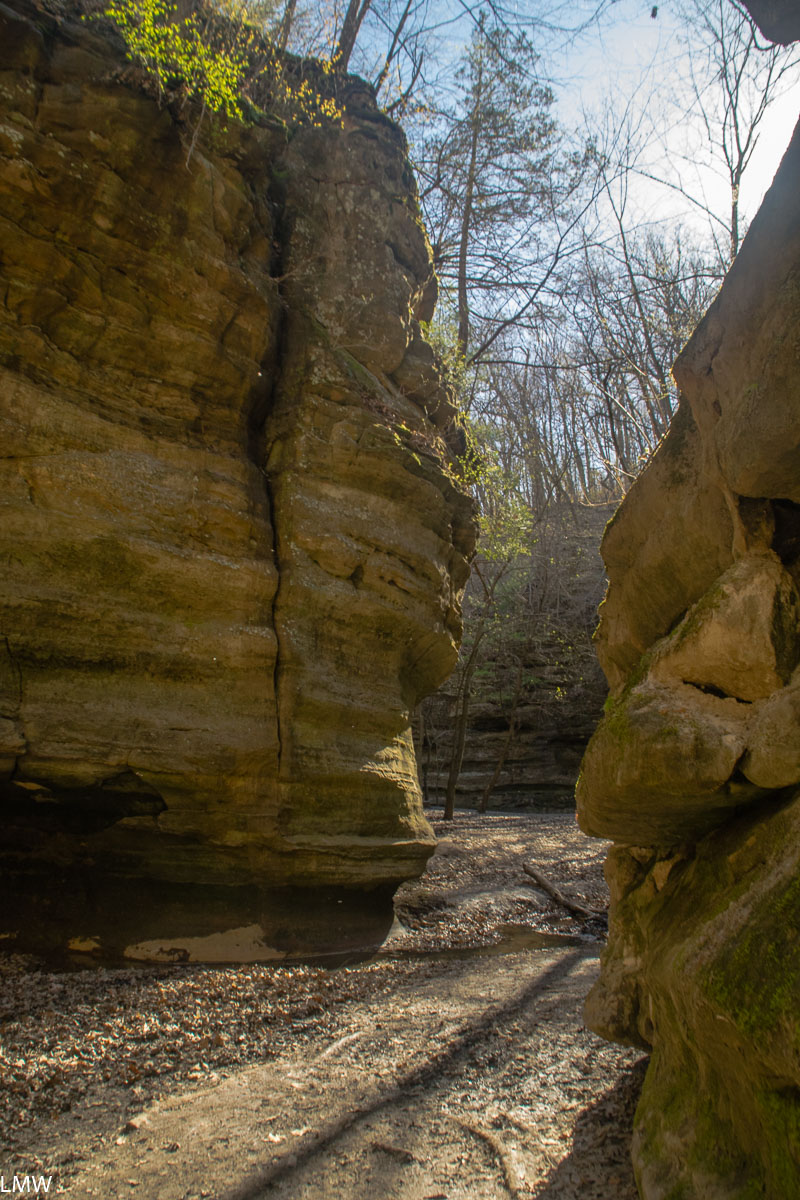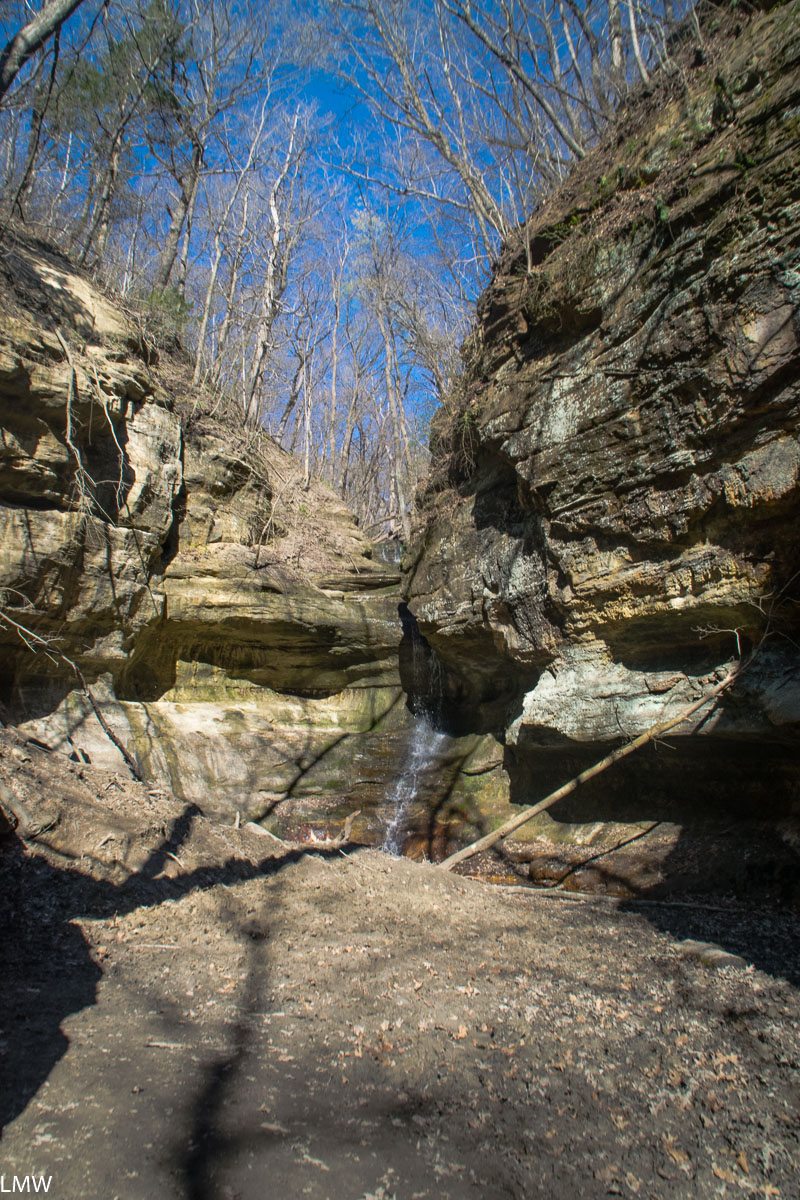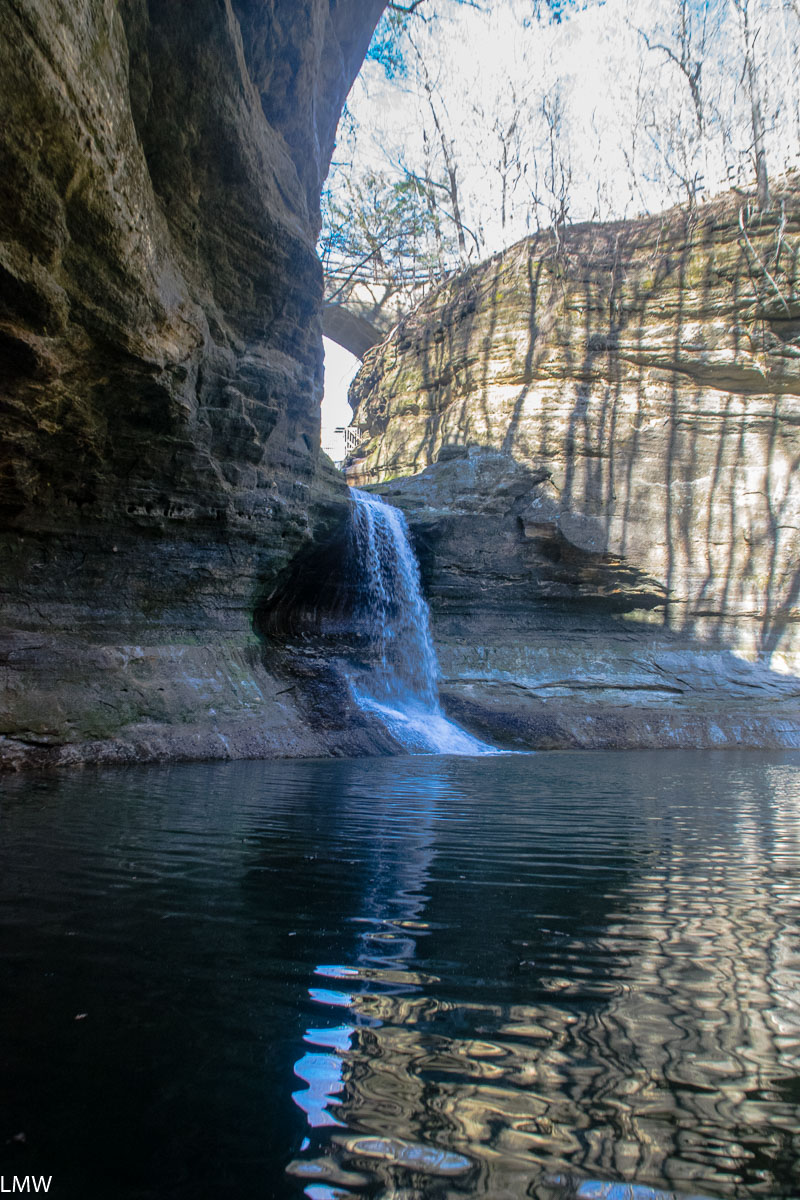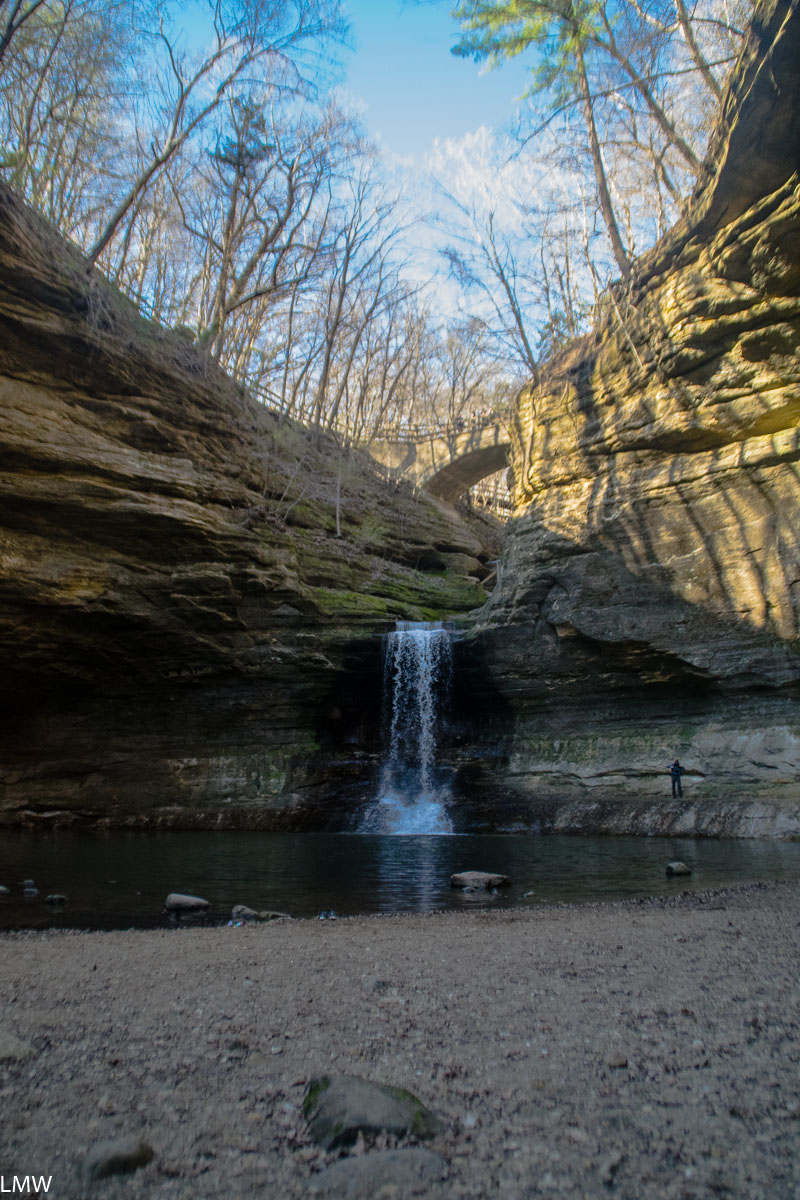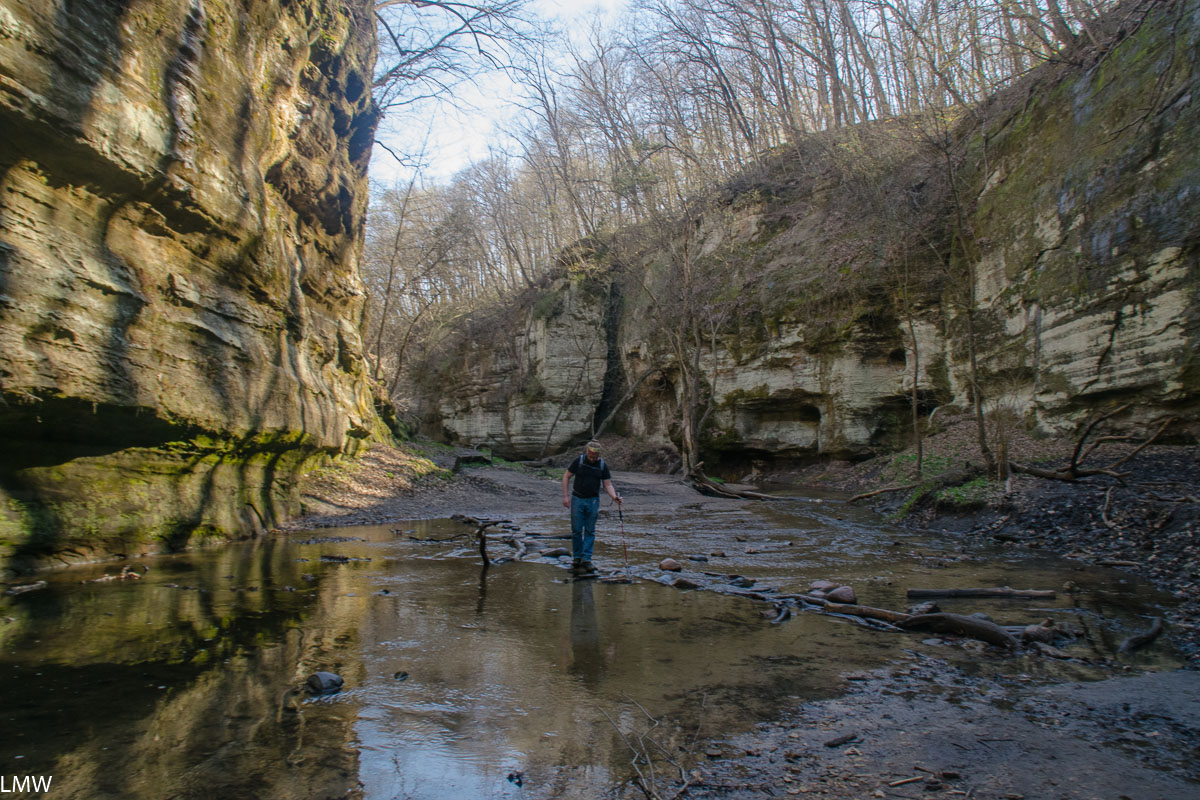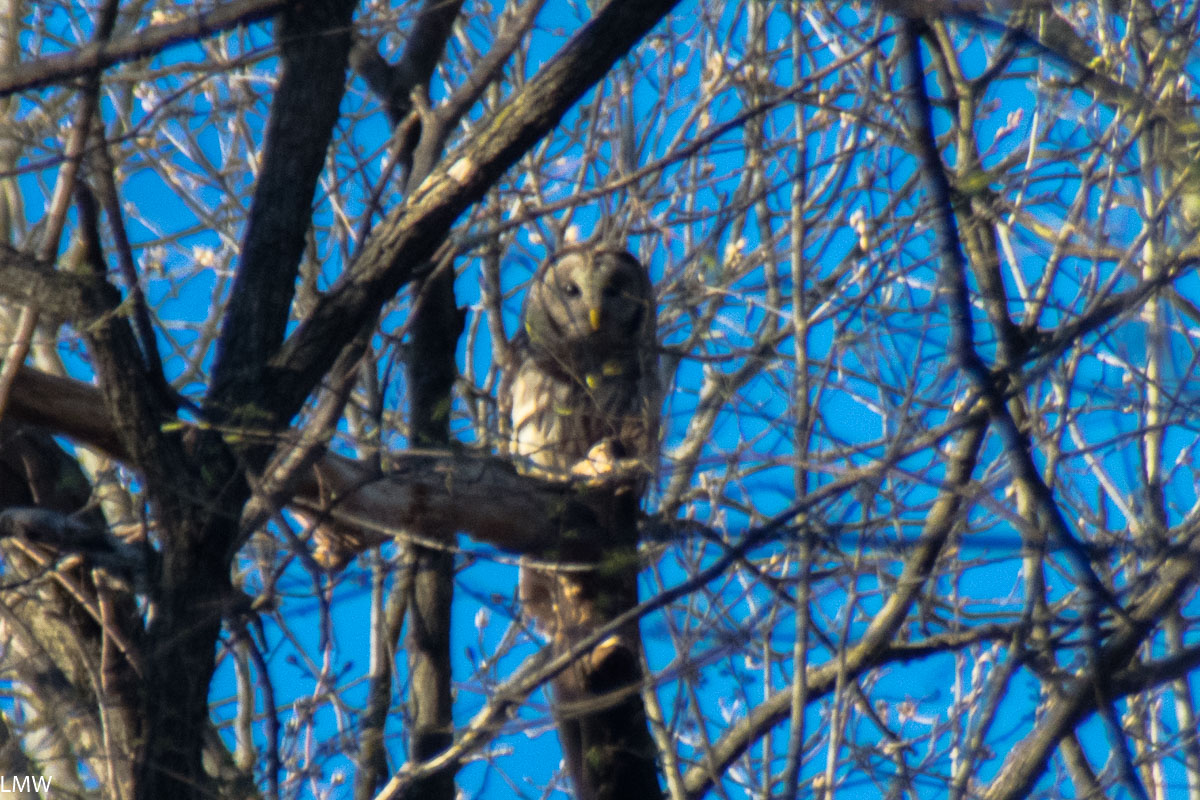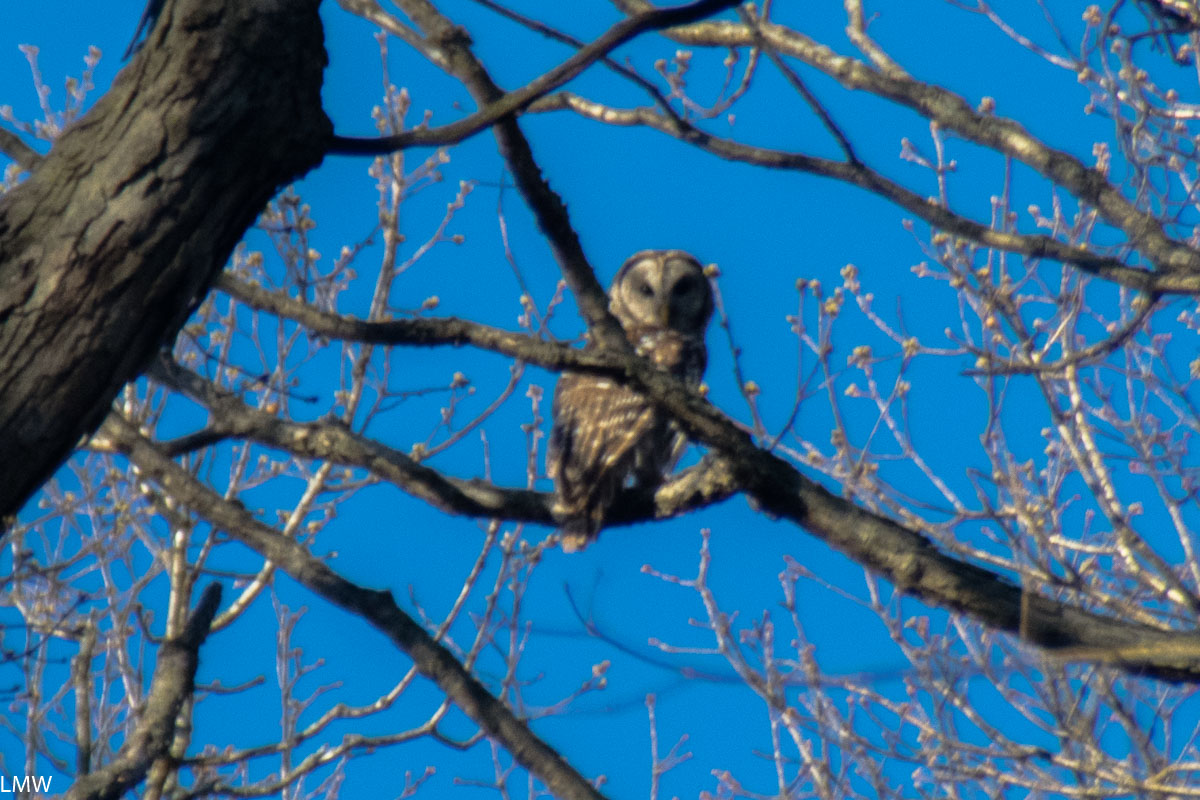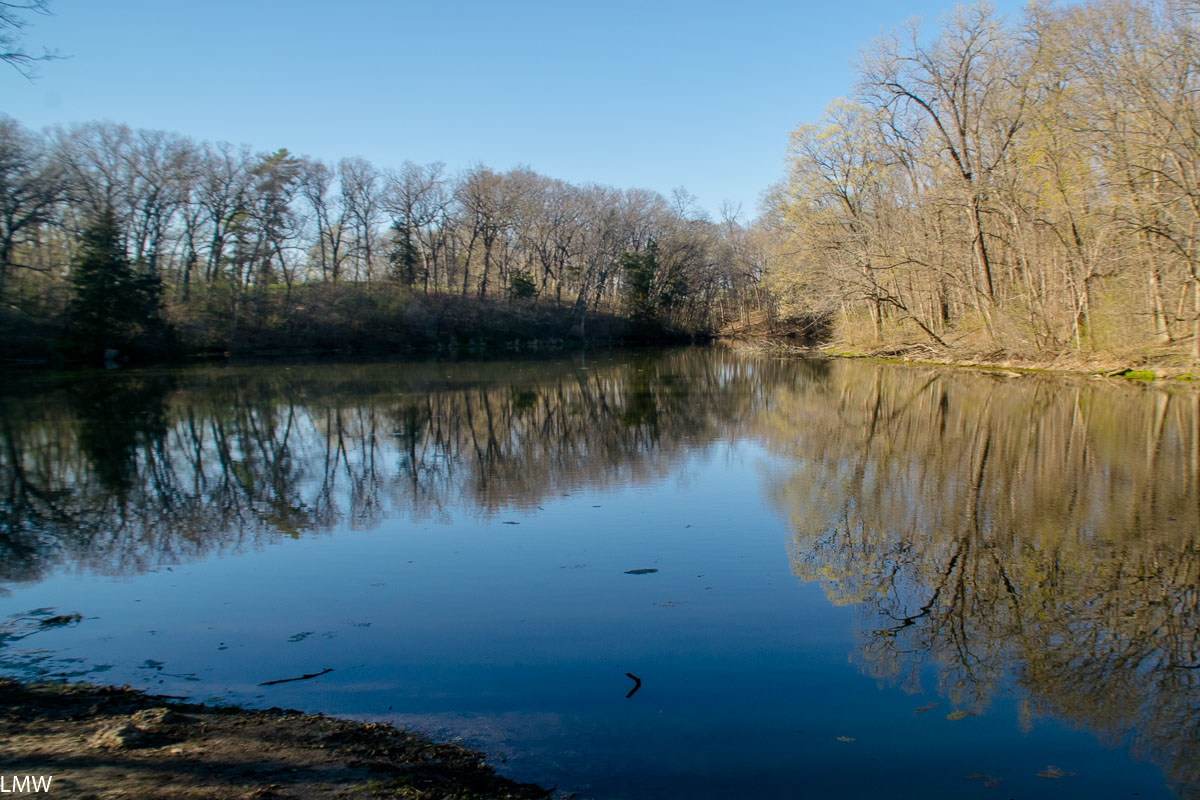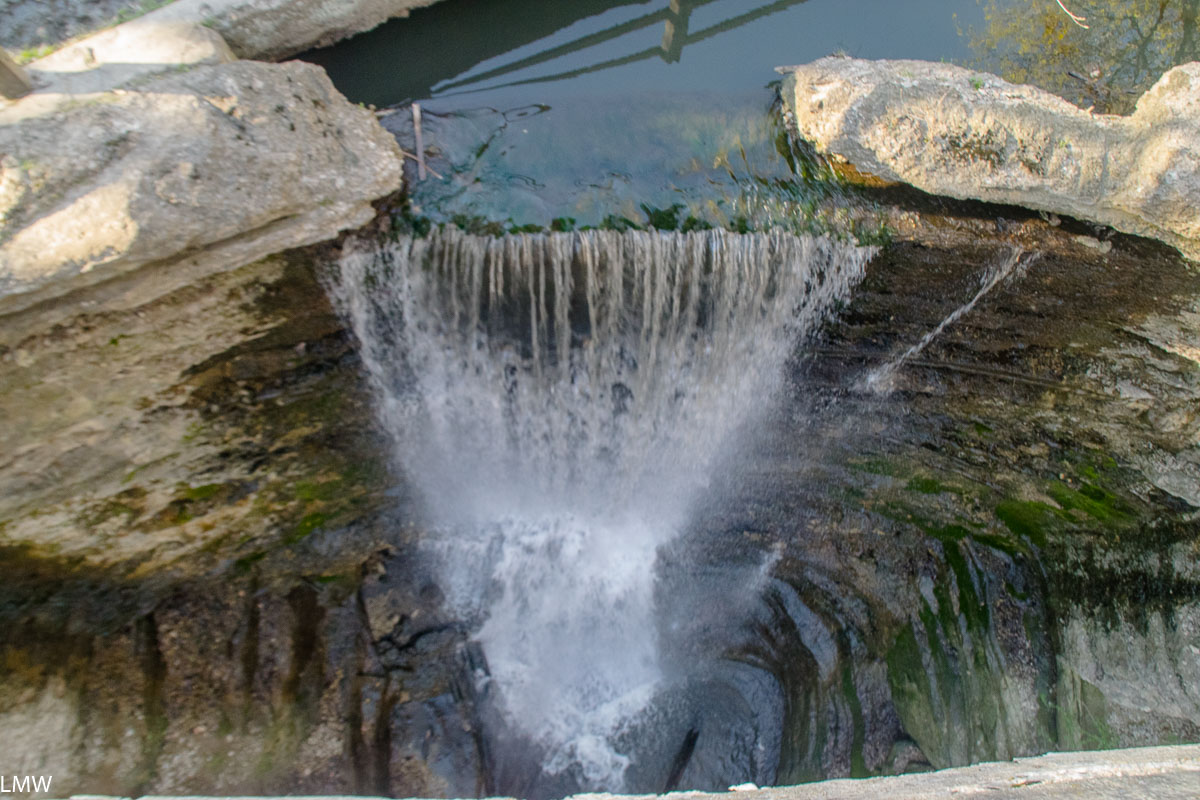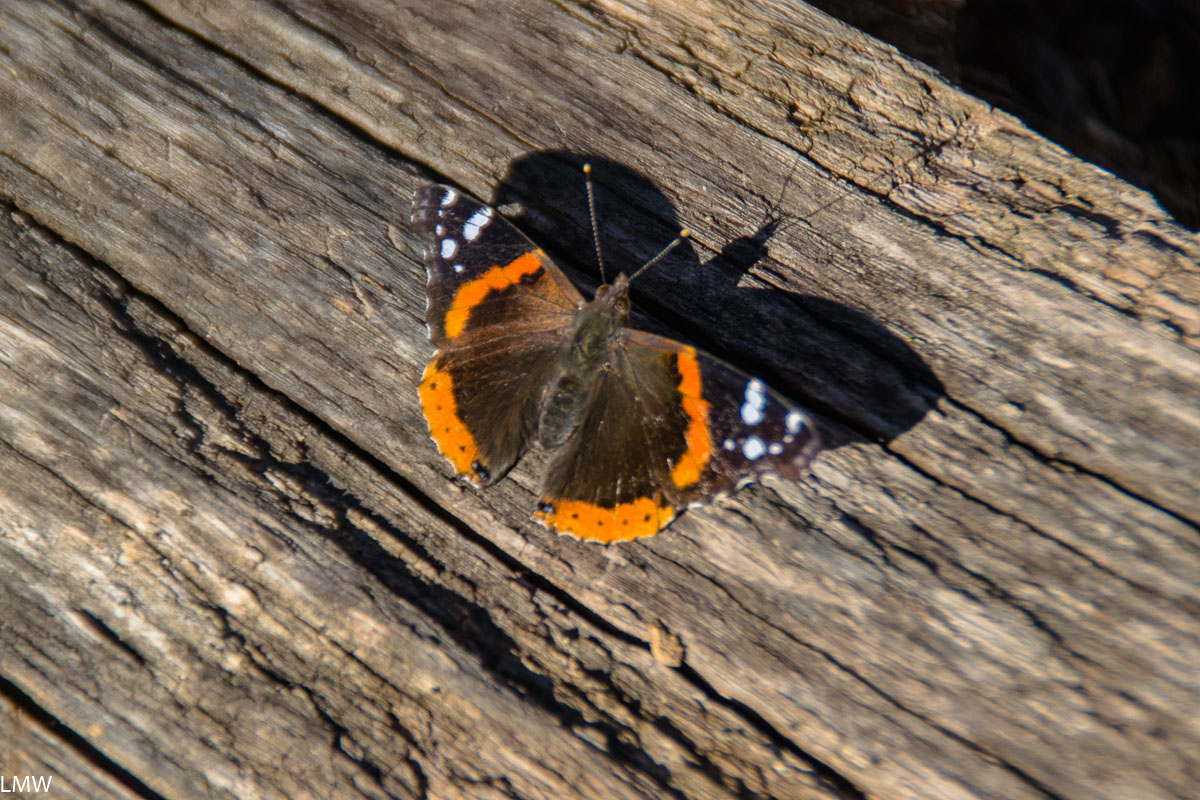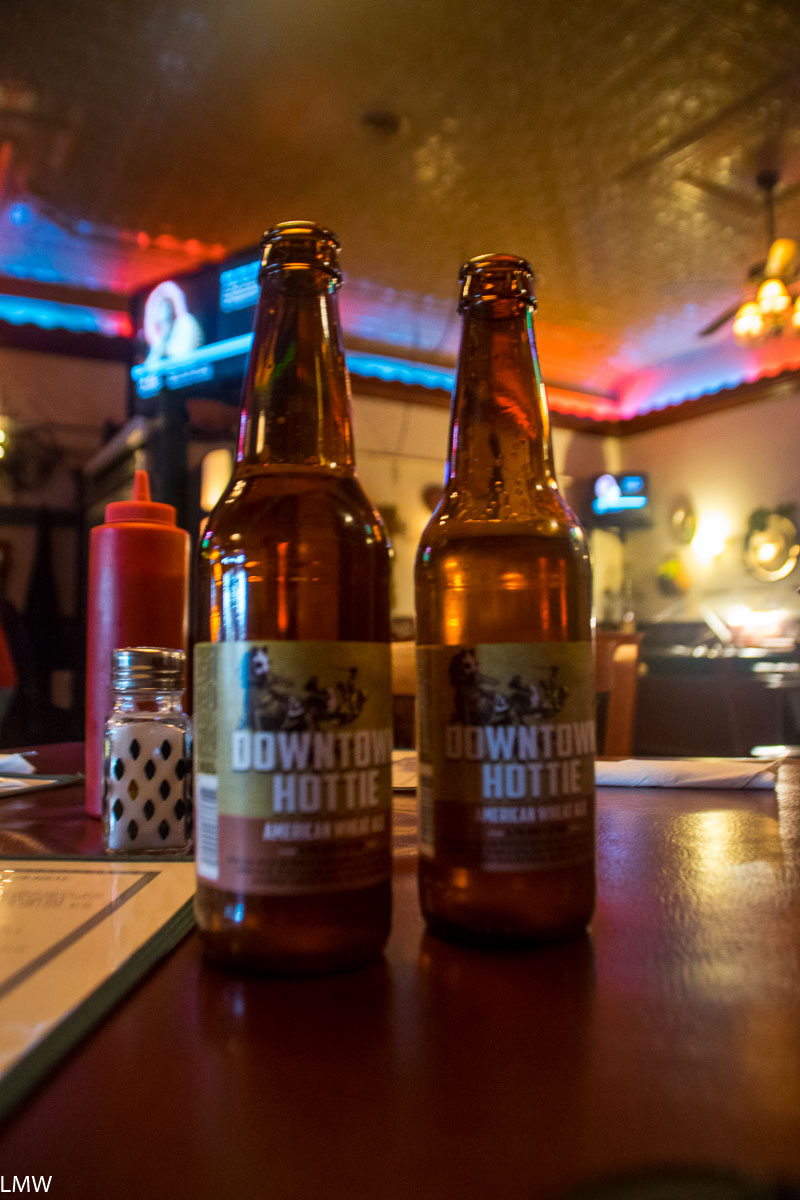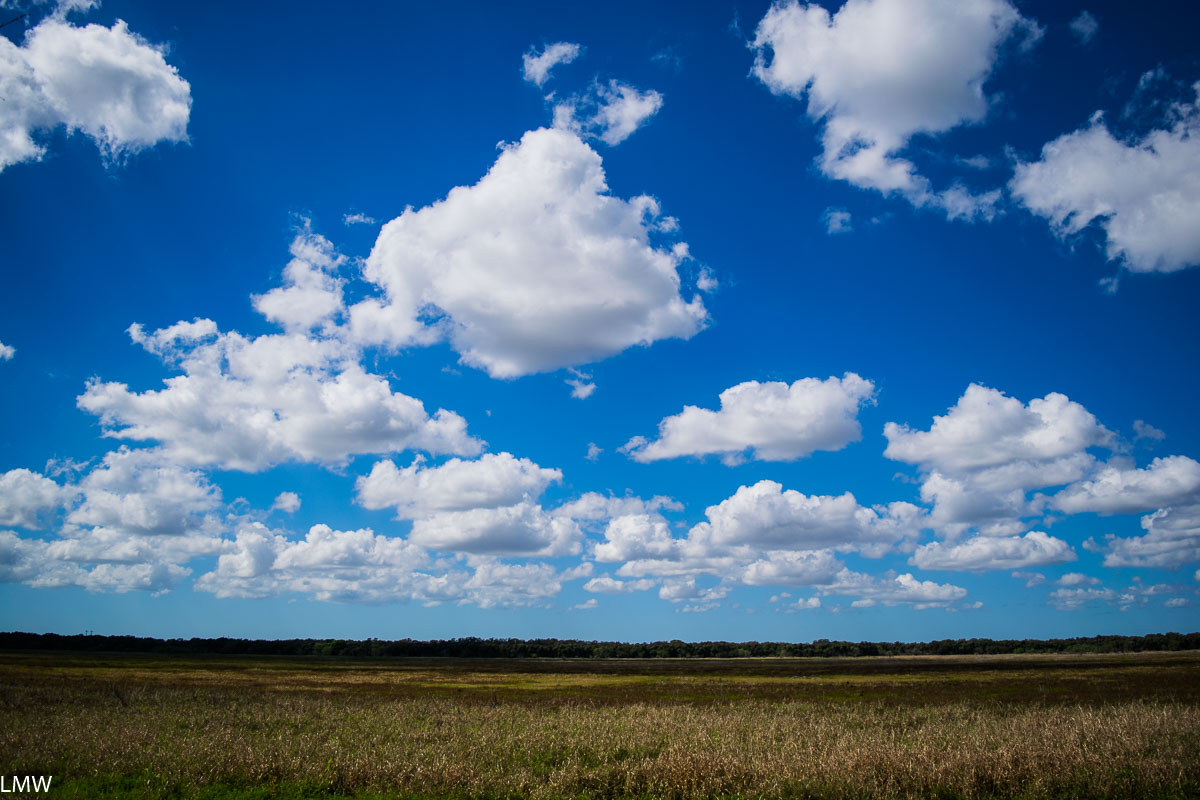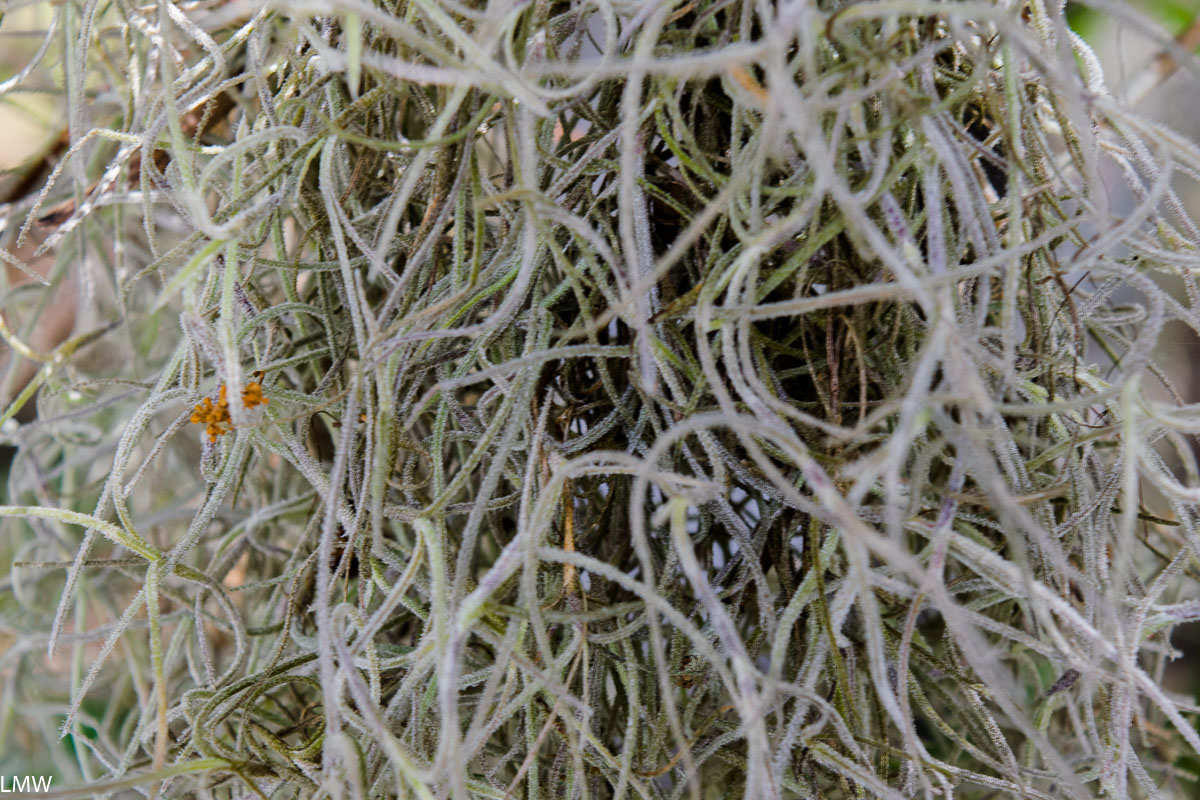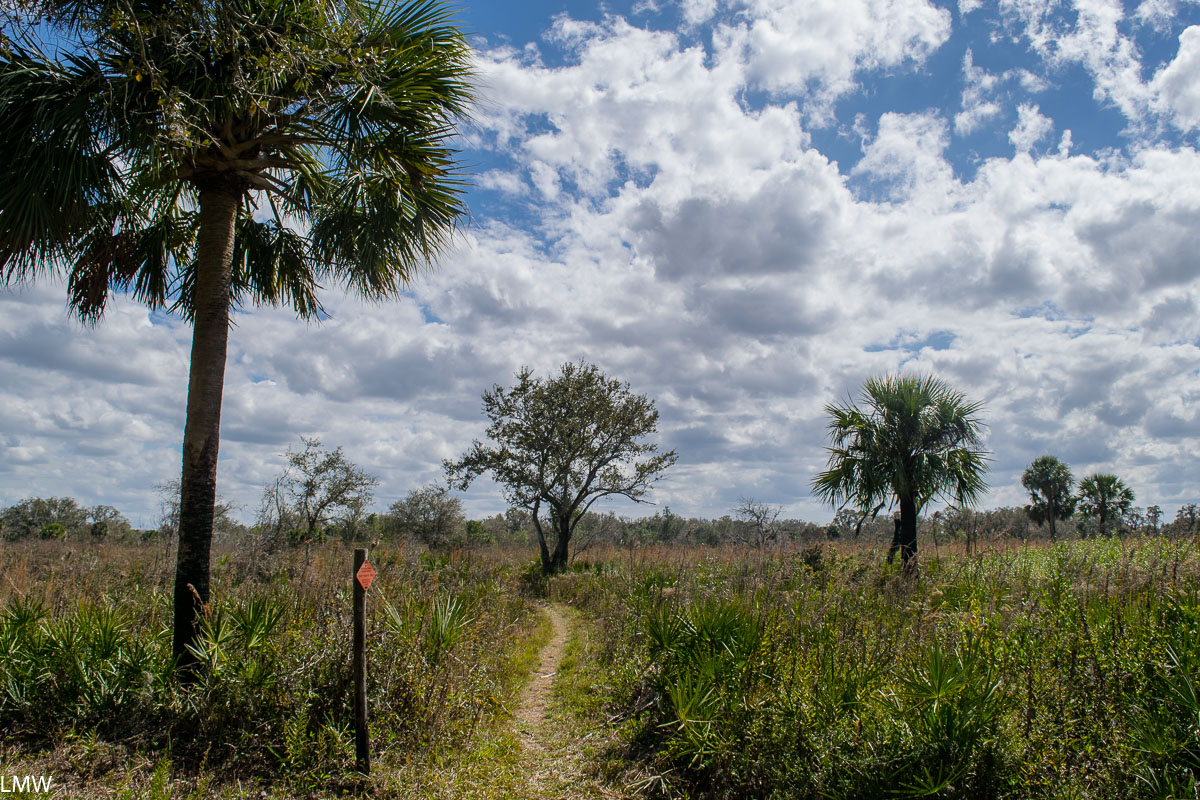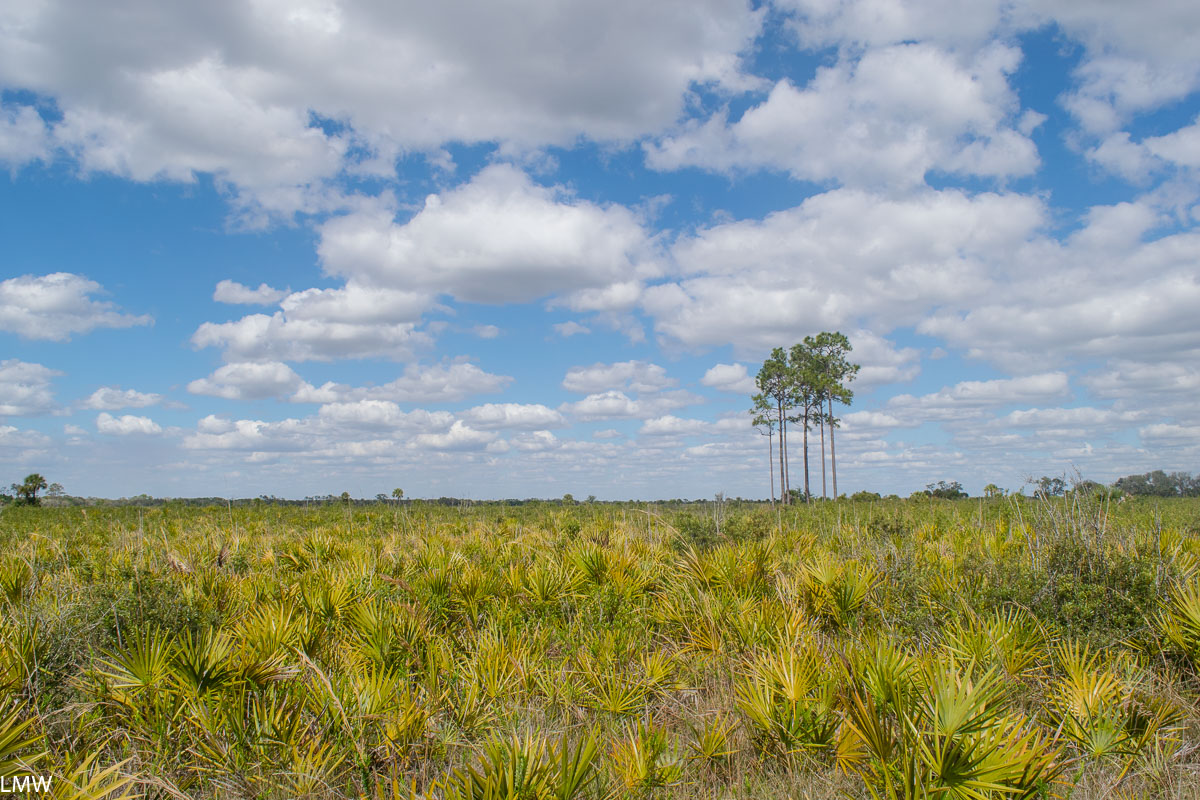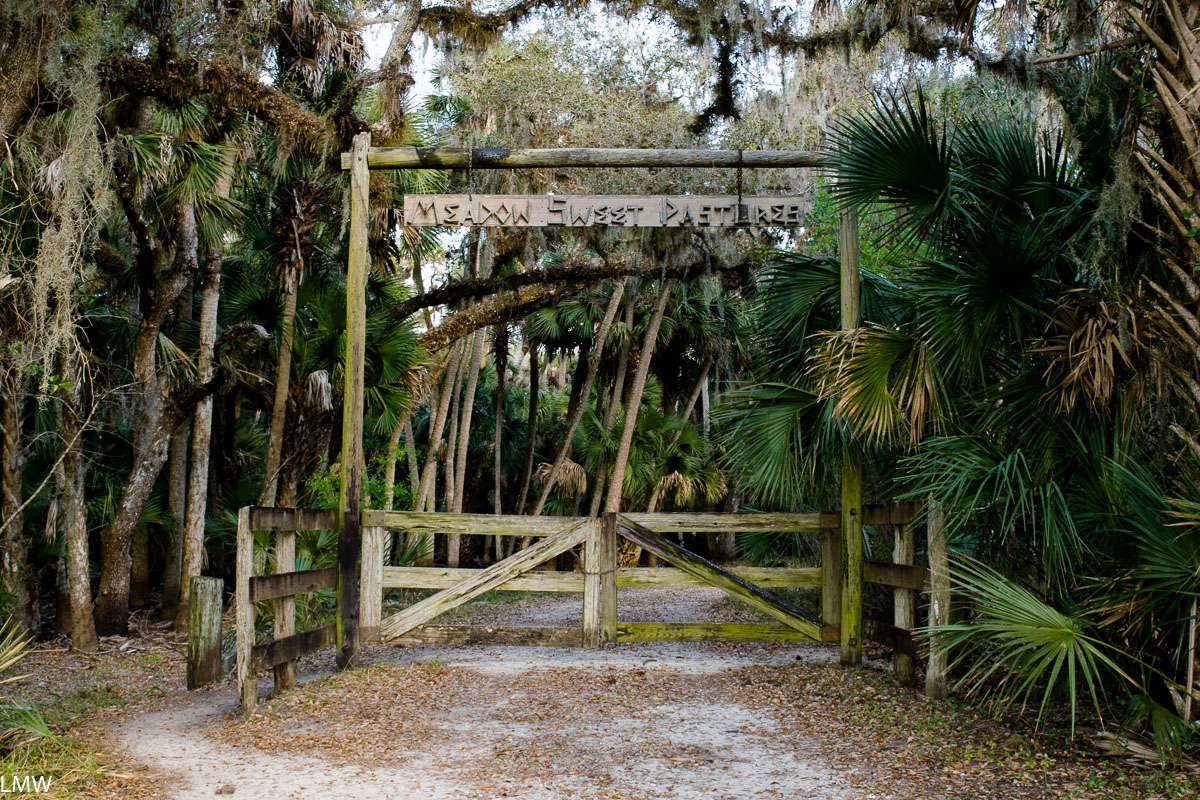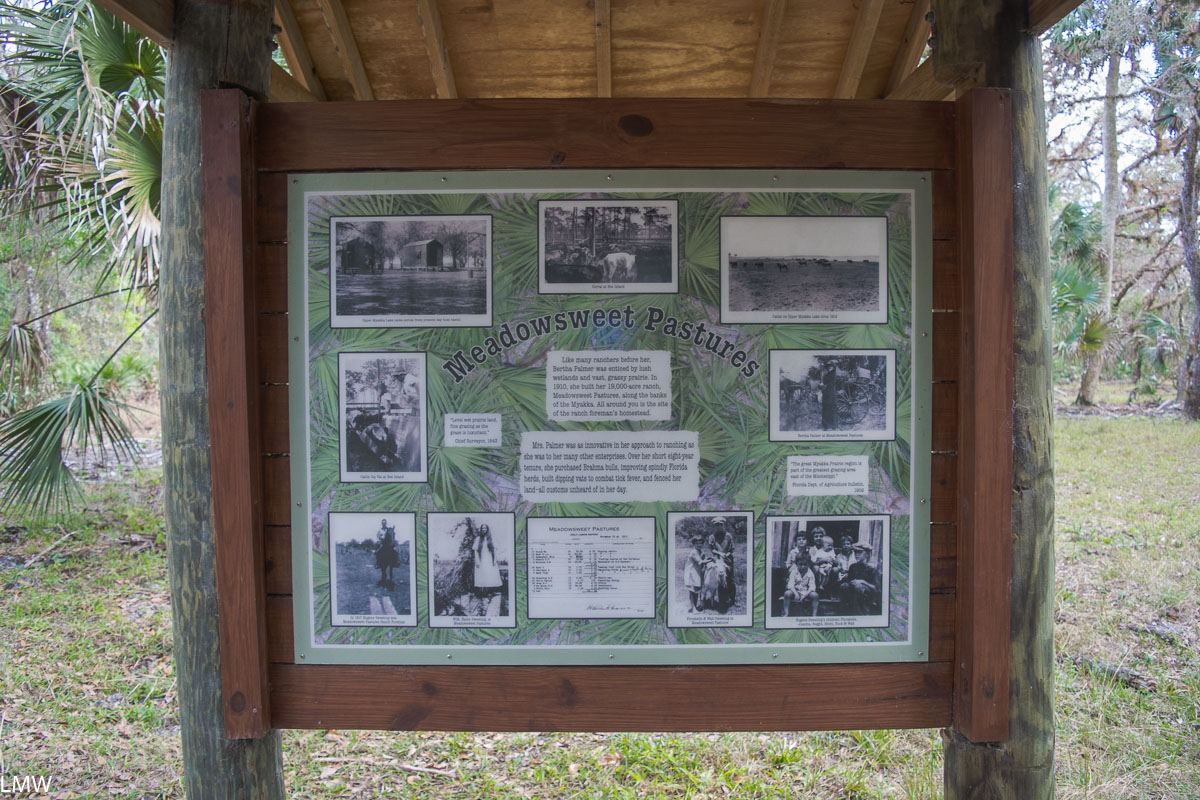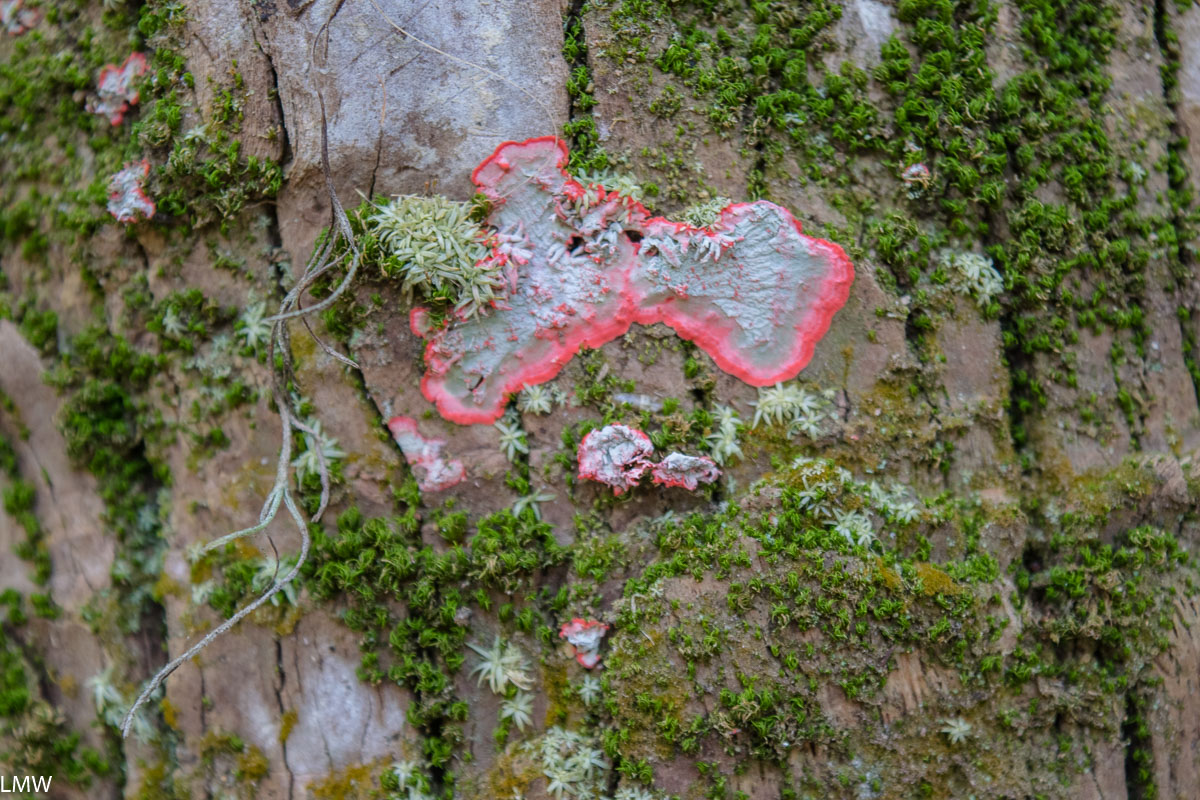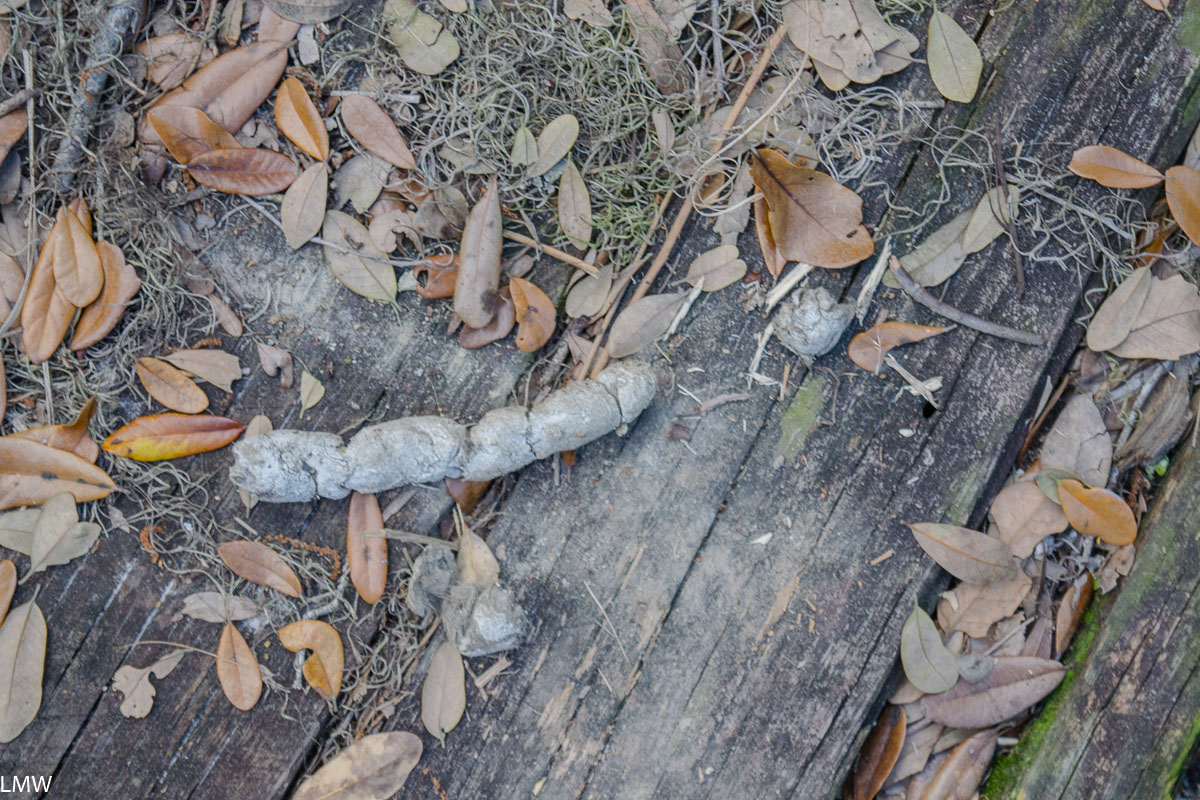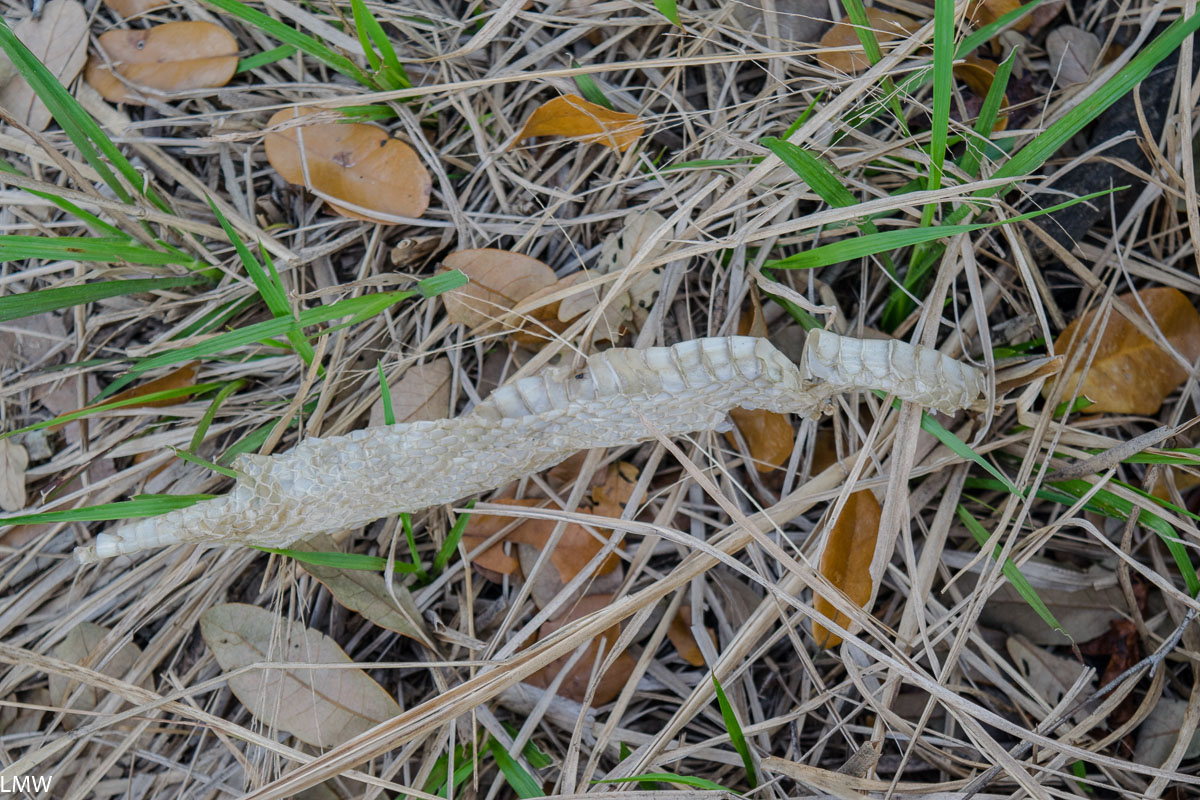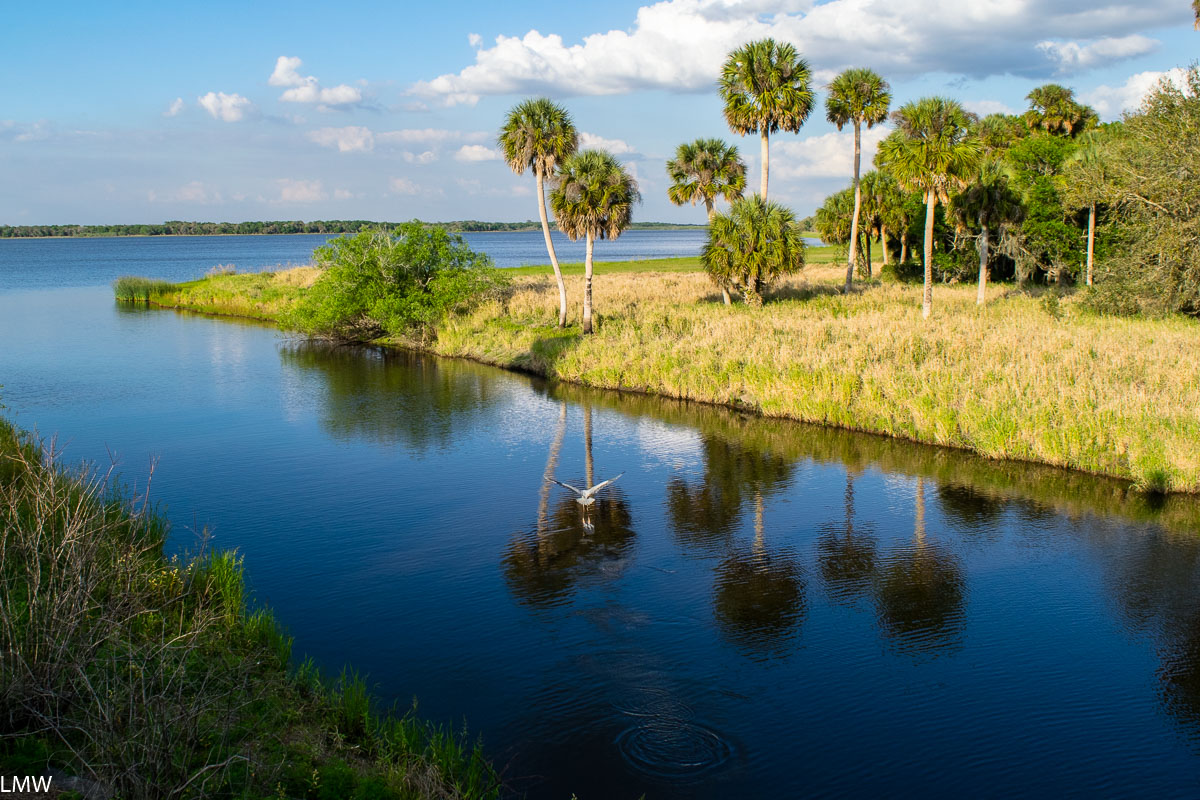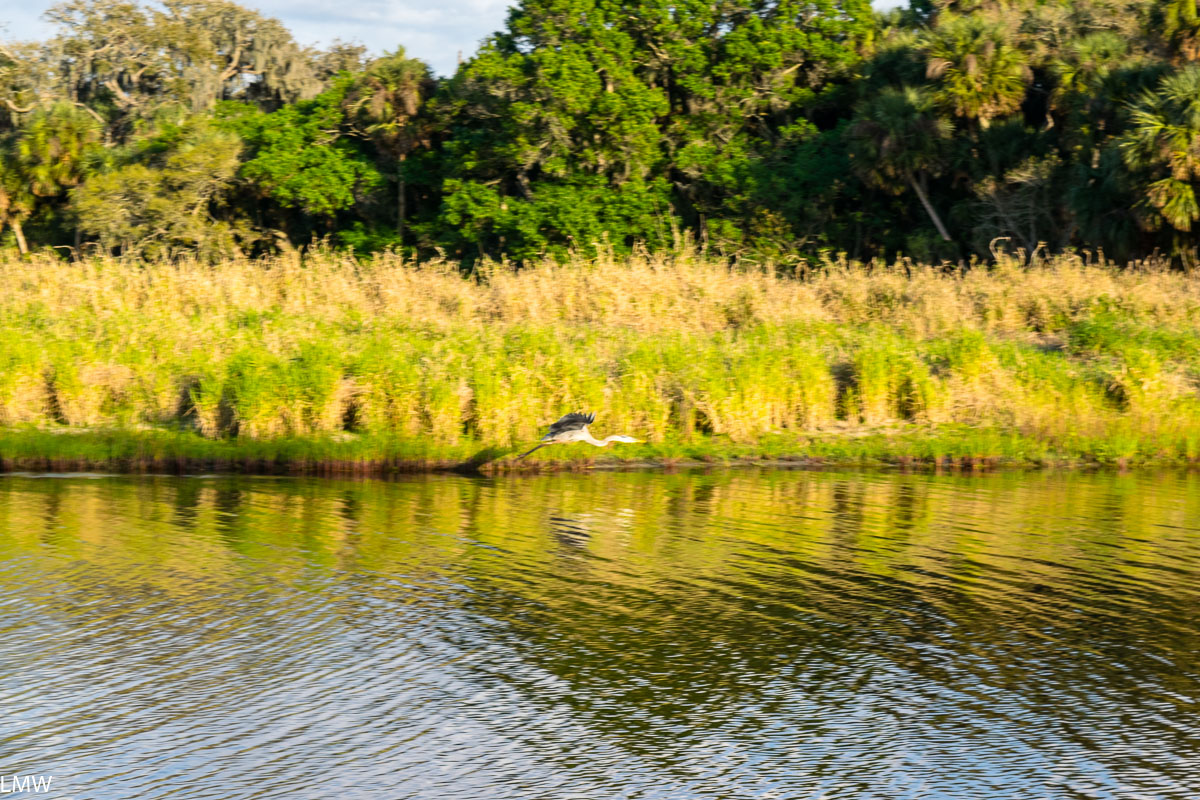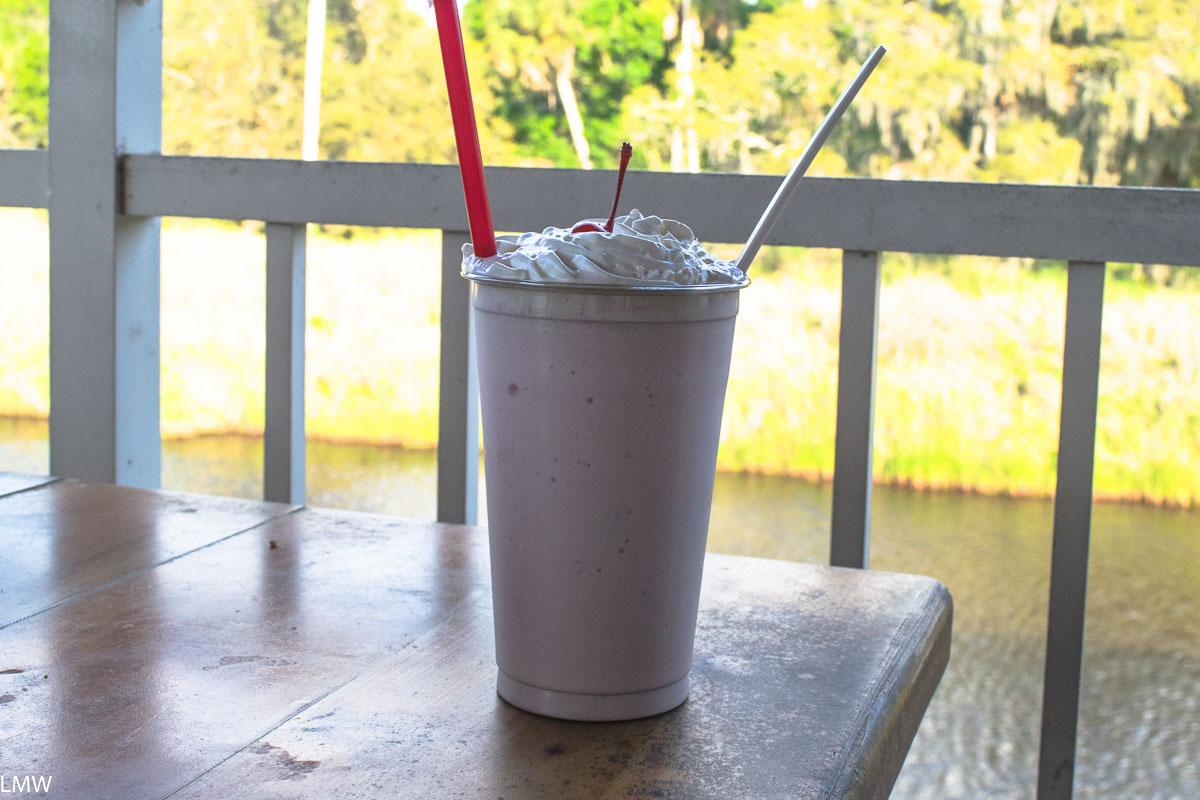Name: Middle Fork State Fish and Wildlife area
Address: 10906 Kickapoo Park Road Oakwood IL 61858
Size: 2,700 acres
Activities: Fishing, hunting, hiking, canoeing, picnicking, trap range, archery range and camping.
Reservations: No. First come, first served.
Pros: Quiet, beautiful, largely unoccupied by other people, abundant trails.
Cons: Trails are primarily occupied by equestrian riders, so hikers are not the primary users here, and should move aside for riders; few amenities, privacy. Ground fires are not allowed. Pets on leashes at all times.
Report: When you get to Middle Fork State Fish and Wildlife Area you will find wide open spaces, big skies, spacious campgrounds and almost no other people, but there might be a few neigh-saying neigbors. This park runs along the Middle Fork of the Vermillion River. Trails travel down bluffs, through valleys, prairies and wide, mown fields. Some trails travel up steep slopes, but most are wide and flat. The terrain is varied, and some roads are made of sand which can be difficult to navigate. There’s a pond, a river, old growth forests, meadows and fields. It’s not commonly used by hikers and campers, since this park does tend to cater to equestrian visitors, but all are welcome.

It’s hard to find information about Middle Fork State Fish and Wildlife Area. That makes it tricky to plan this trip to the degree that I like. Google Maps is really my medium. I know I’m a writer, so I should say that a blank page is my medium, but it is not. The blank page is my Sisyphean hill. Google Maps is my crystal ball. I like to know precisely where I’m headed, down to an annoying degree. Vacationing with me is like vacationing with Leslie Knope, including interesting side trips just for your tastes.
I try to scrutinize campground maps before I set out. I plan to find the furthest campsite away from everyone else as I can. I understand that for some people being able to see the other campers might be a bit of a comfort, but I do not see it that way. Please surround me with trees and not people, I’ll walk far to get there if I have to.

Middle Fork would not play ball. I could not find a clear map. I could not find the campground on a map. I had a friend verify its reality from a memory from her childhood. I had to take it on faith, and I hate doing that. When I called and Kickapoo State Park answered I asked point-blank, “is there a campground at Middle Fork?” and the woman who answered said “Um… let me look and see.” She then put me on hold for about a minute and when she returned, she sounded surprised to say that “Yes, there is a campground up there.” Seeing no reason for this woman to lie, I trusted there was. Then I lost my notes, and no one ever answered the phone again.

So we dropped the dog off at the in-law’s place and headed south. We left I-57 at Highway 49 and followed that south, saving about 5 minutes and taking a route through a series of small towns. Fortunately, when you pass through Collins, the signs for Middle Fork make navigation fairly easy. When I was there the camp host was off-duty and only a handful of equestrians occupied the other campgrounds. The lone tent-only space, campground B, was devoid of campers on a Saturday afternoon. We selected a site on the northern edge. There are six unnumbered sites, and the space is pretty open. There is a self-serve pay box by the day-use parking lot, but the camp host found us at our site.
On the small path between Campgrounds A and B there is evidence that once there was a playground. Bur marigolds have been allowed to grow in over where the swing set once was. Joe Pye weed is abundant, Doll’s Eyes are in bloom this time of year and the trees sing with cicadas. The goldenrod is overwhelming in numbers. There is nothing really resembling pavement in Campground B. If we were not in a late August dry spell, I likely would have encountered a muddier drive. Instead, it was dry and quite easy to navigate. Water is available at a pump in Campgrounds A, C and D, so you don’t have to carry it too far.

The map that does exist for Middle Fork is a bit of a doozy. Paper maps are available for visitors, and they exist on signage when you enter. The trick to deciphering the map for this park is to understand that the trails are numbered, that those numbers don’t relate to the length or difficulty of the trail in any way, and that the numbering system starts at the campgrounds. So if you’re out for a hike from the campground, and you tour the prairies and open fields, crossing the creeks and rivers when you can, and you didn’t take your map with you, just follow the lower numbered paths until you get back to camp.
Oak trees are abundant. There is one oak that dominates campground B. It must be close to 40 feet tall. I suspect a hawk or bird of prey lives there, because of the abundance of jay and downy goose feathers I found all over the place. They all seem to originate underneath a perch about fifteen feet off the ground, in that big oak. One of the campsites is being reclaimed by the undergrowth. Only three have cooking grates. If it weren’t for the absence of other people, there would be almost no privacy. I wonder why no one comes here?

While this campground gets high marks for being devoid of people, it gets low marks for not having or maintaining the sort of thing that would make people want to come. Like privacy, or a functional fire grate. It is far away from a lot, there aren’t nearby stores or restaurants. If you don’t mind the neighbors neighing, your reward will be the sound of coyote packs calling to each other in the night and full moons as bright as city streets. The sounds of screaming cicadas and the smell of hot pollen will let you know we have reached the tail end of another Illinois summer. By Sunday afternoon, after the equestrian day trippers had gone home, we were probably the only people in the park, which is kind of like being the only people for miles and miles. (Which is what I was hoping for.)


































